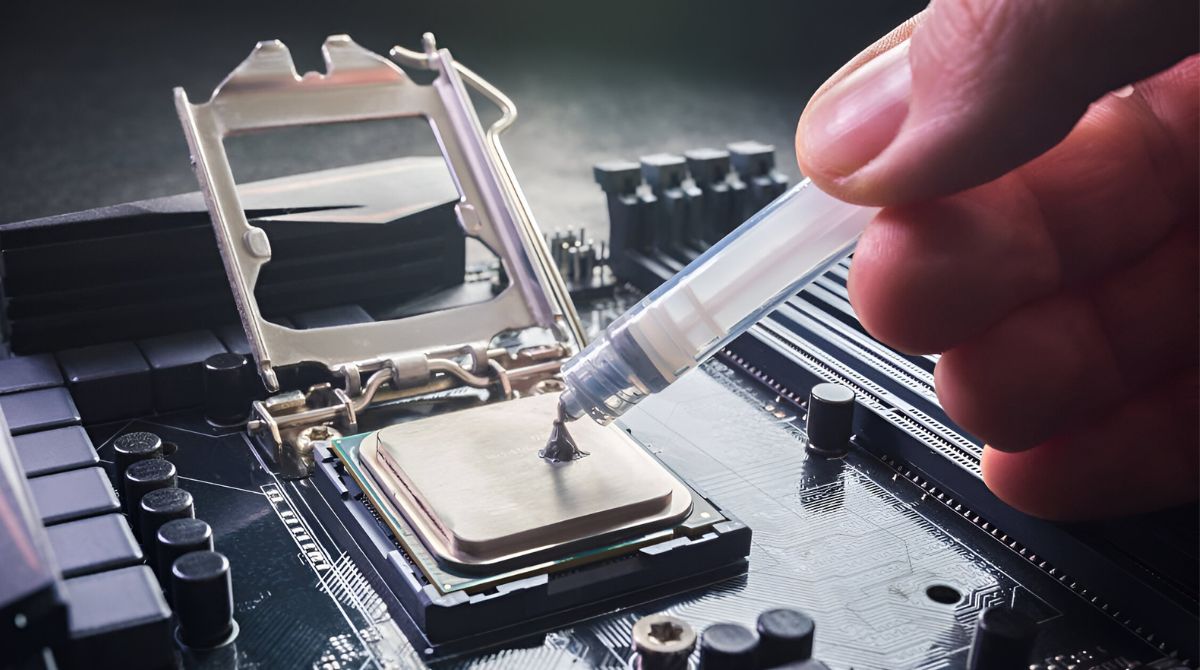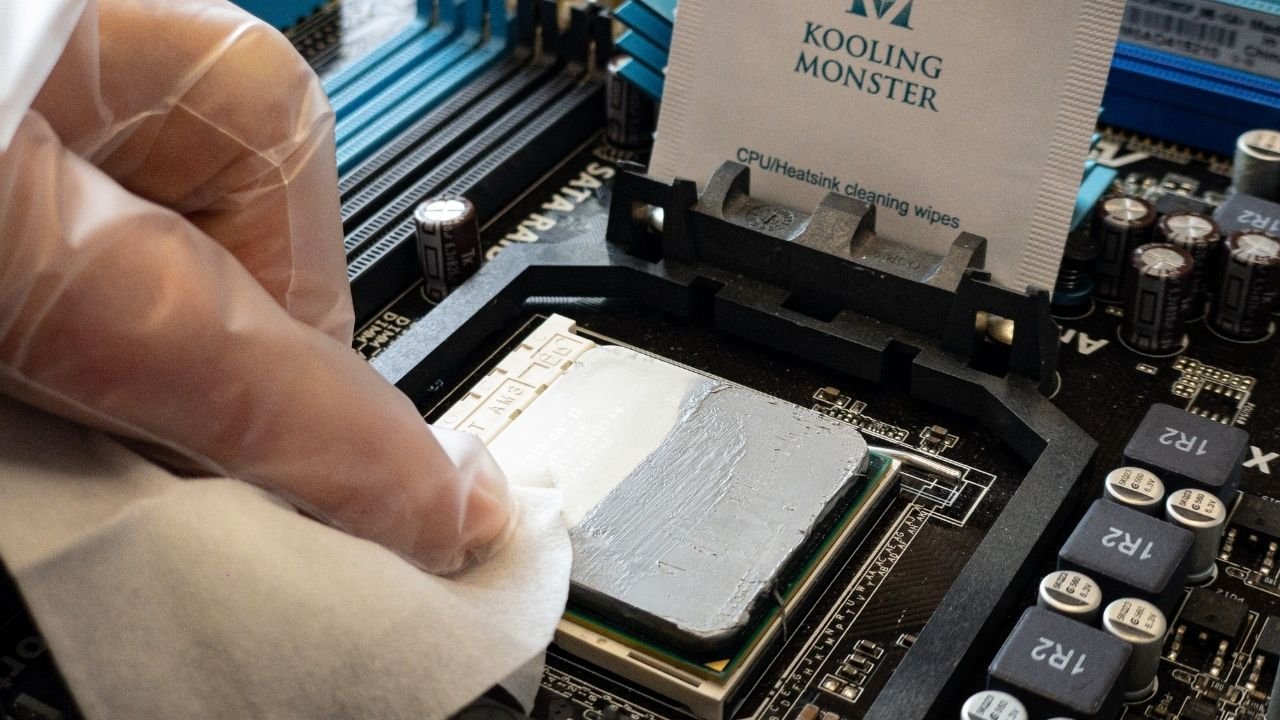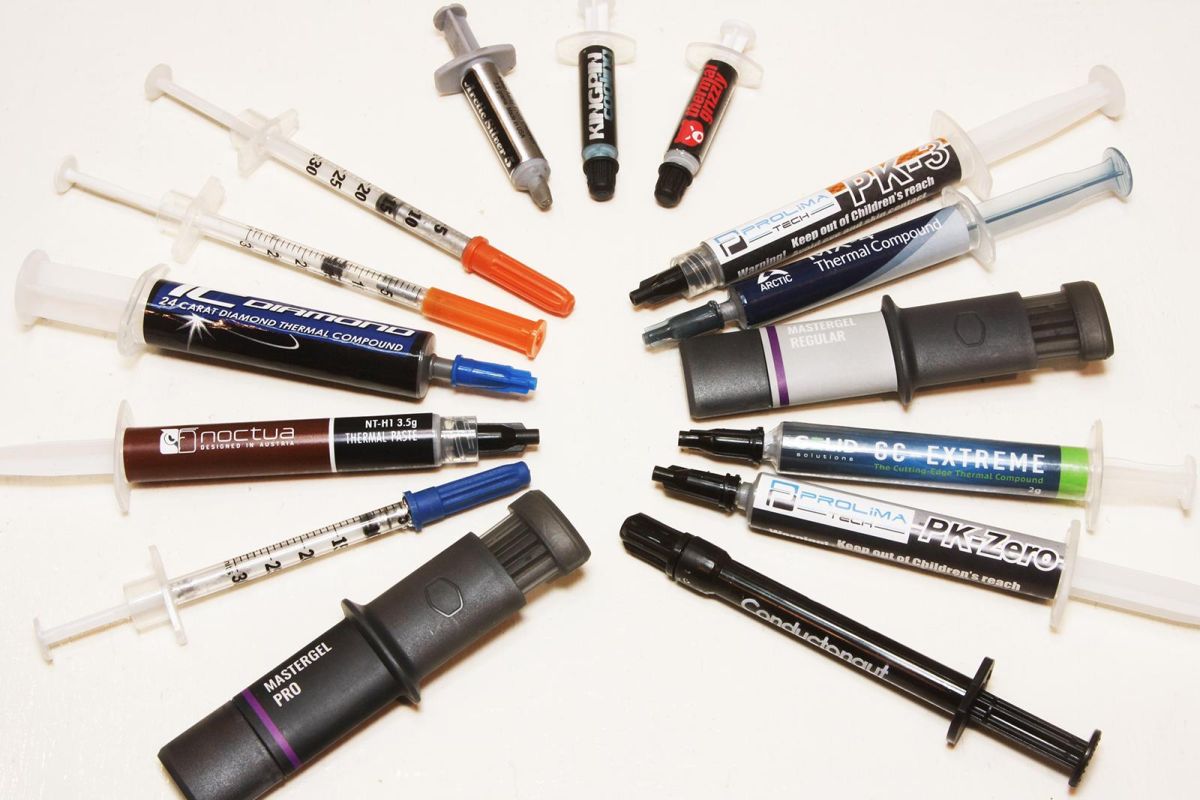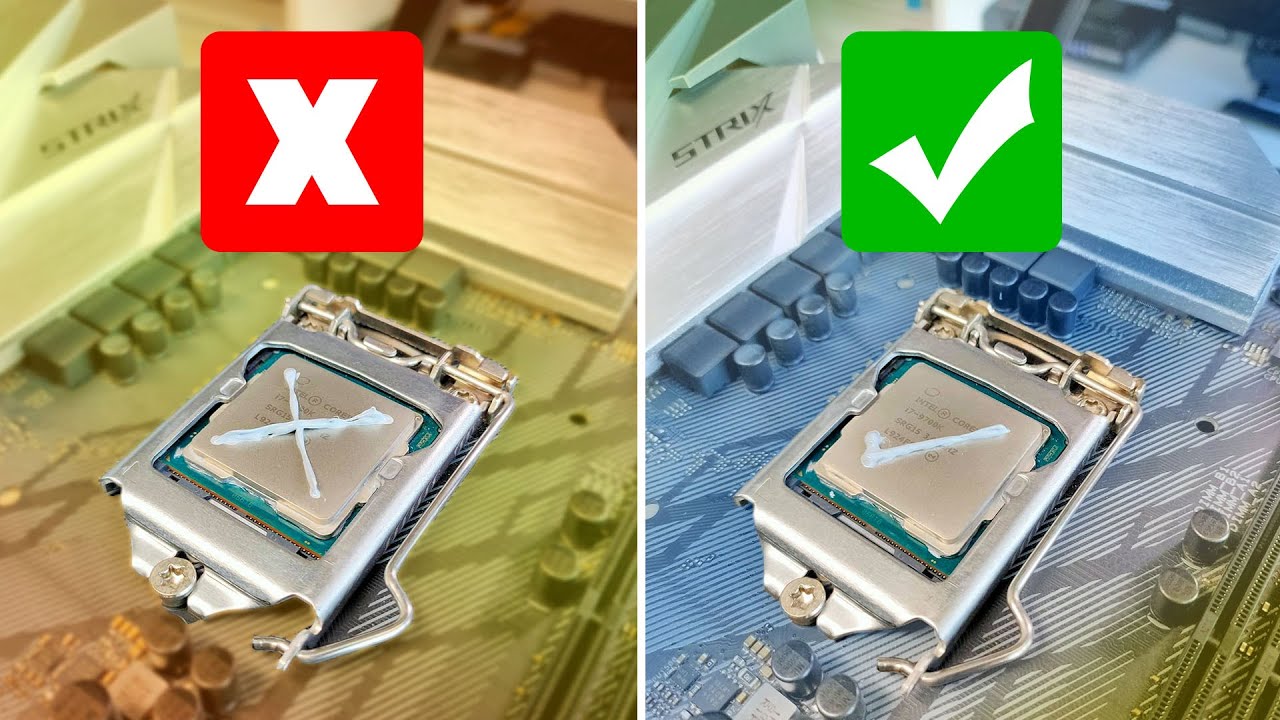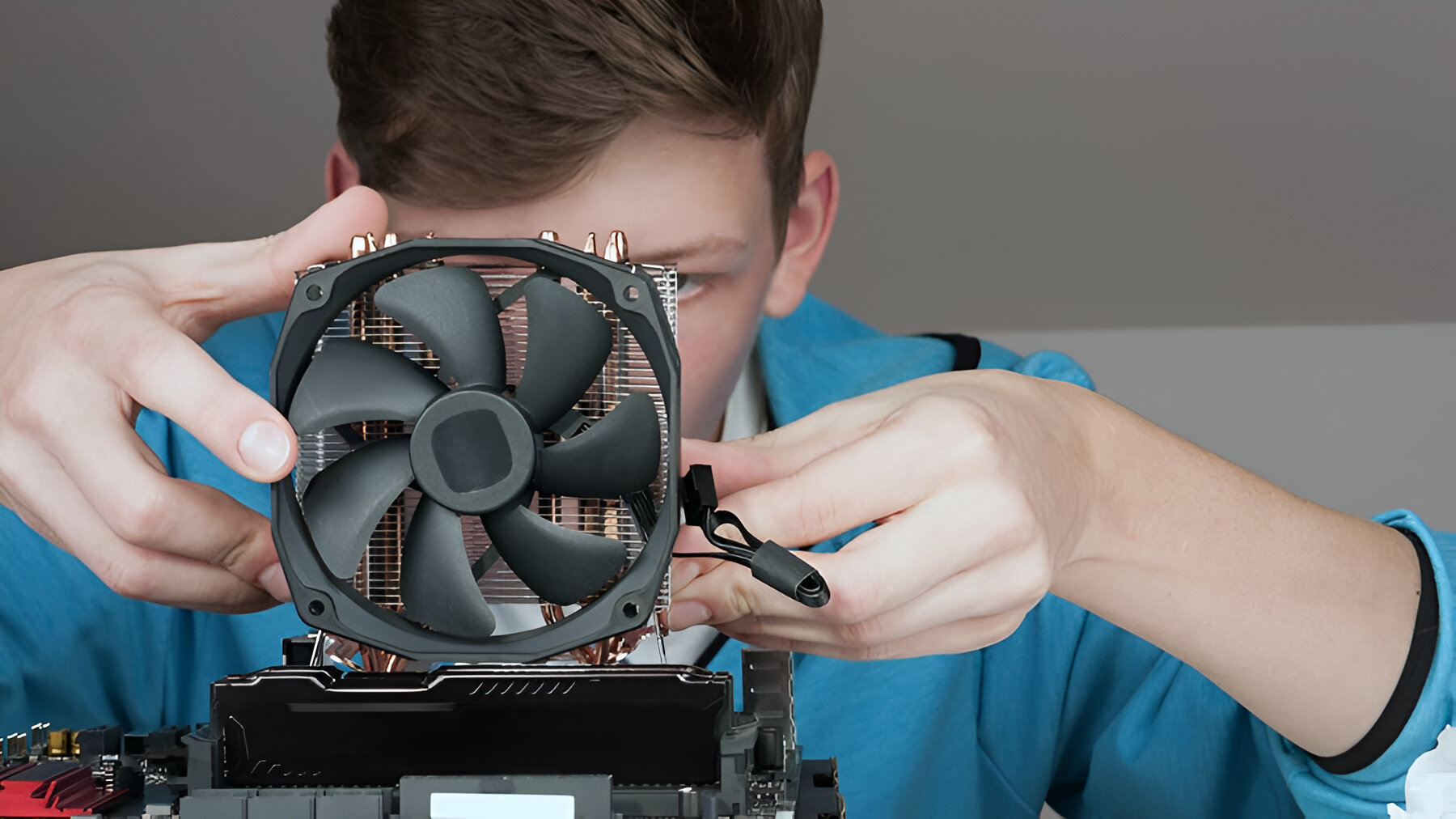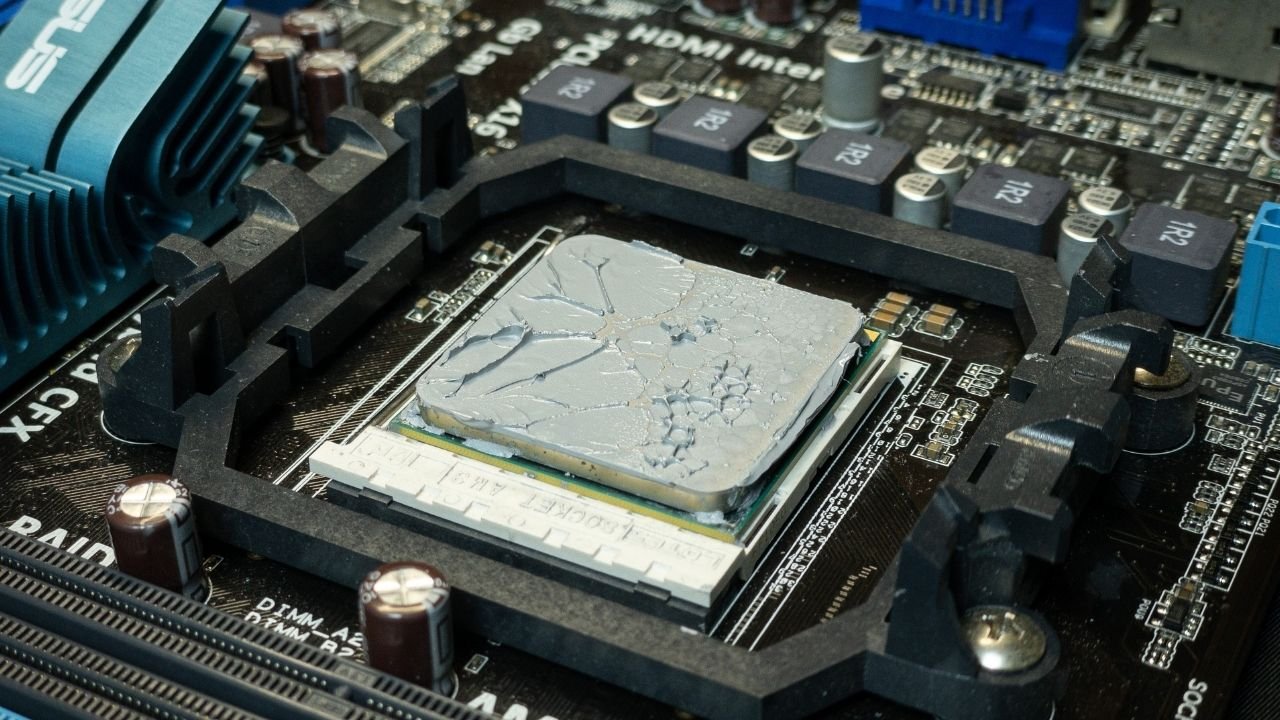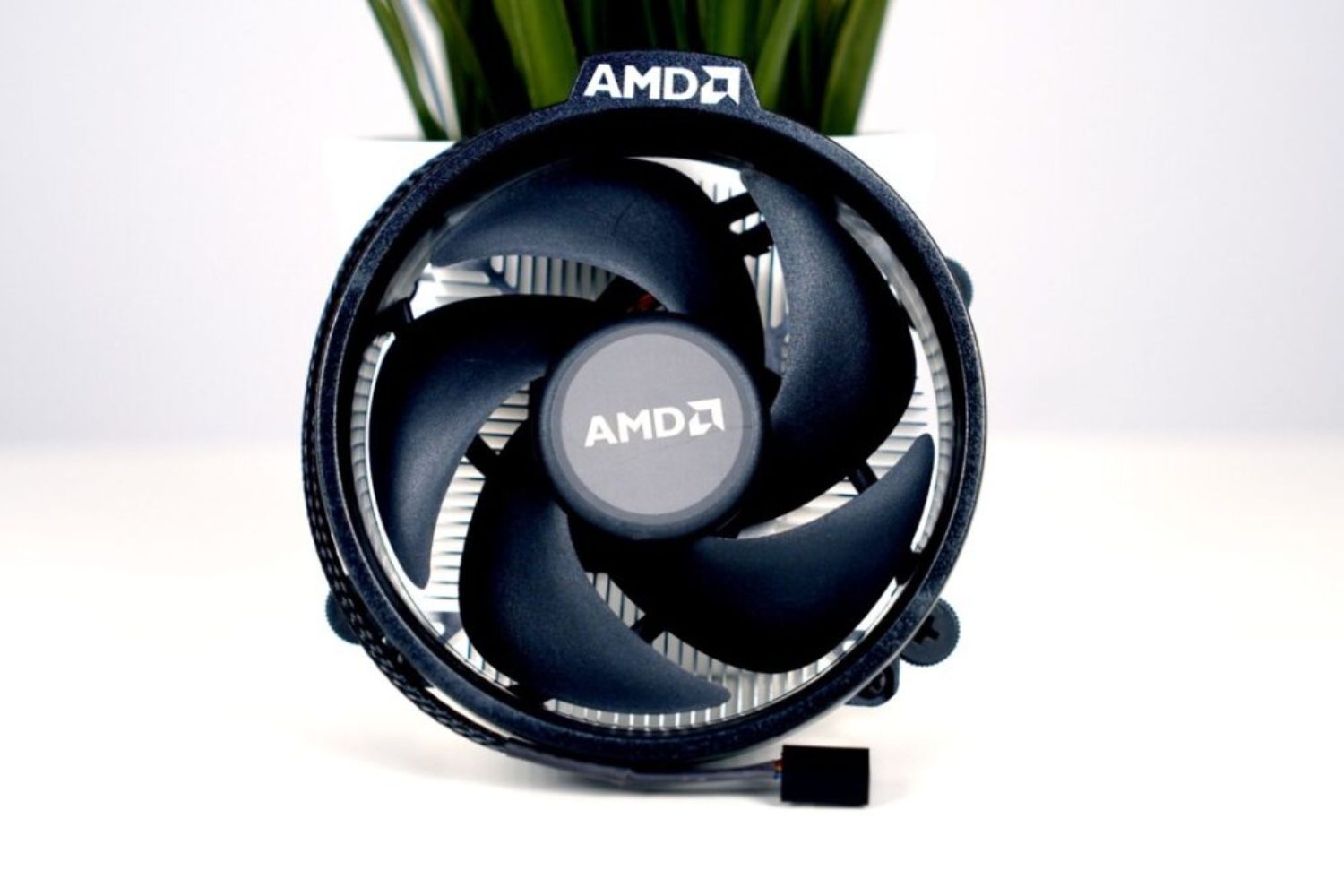Introduction:
Welcome to the ultimate guide on how to apply thermal paste to your CPU! If you’re a computer enthusiast or someone looking to upgrade their PC, you know how crucial it is to ensure optimal heat management. A vital component in achieving this is thermal paste.
Thermal paste, also known as thermal grease or thermal compound, is a substance that fills in the microscopic gaps between the CPU and the heat sink. These gaps, if not properly filled, can result in poor heat dissipation, leading to overheating and decreased performance.
In this comprehensive guide, we will delve into the importance of thermal paste for your CPU and walk you through the process of applying it correctly. Along the way, we will address common misconceptions and provide tips and tricks to help you achieve the best possible thermal conductivity for your system.
Whether you’re a seasoned PC builder or a beginner venturing into the world of computer hardware, understanding the significance of thermal paste and knowing how to apply it properly can significantly impact the overall performance and longevity of your CPU.
So, join us as we unravel the mysteries of thermal paste and equip you with the knowledge and skills necessary to take your CPU cooling game to the next level!
What is Thermal Paste?
Thermal paste, sometimes referred to as thermal grease or thermal compound, is a type of substance used in the field of computer hardware to improve heat dissipation and ensure efficient cooling of the CPU.
Thermal paste is a material with high thermal conductivity that is applied between the CPU (central processing unit) and the heat sink. Its primary purpose is to fill in the microscopic imperfections and air gaps that exist between these two components.
The CPU, as the brain of the computer, generates a significant amount of heat during operation. To prevent the CPU from overheating and potentially causing damage to the hardware, it is crucial to effectively transfer and dissipate this heat away from the CPU. This is where thermal paste plays a vital role.
Thermal paste works by increasing the surface area of contact between the CPU and the heat sink and improving the efficiency of heat transfer. Without thermal paste, there would be air pockets or gaps between the two surfaces, hindering the flow of heat from the CPU to the heat sink. This would result in higher temperatures and potentially lead to thermal throttling or even system failure.
Thermal paste is typically made of a mixture of silicone compounds and various conductive particles such as metal oxides, silver, or ceramic. These ingredients allow the paste to have the necessary thermal conductivity while ensuring electrical insulation between the CPU and the heat sink.
It is important to note that not all thermal pastes are created equal. There are various types available on the market, each with its own specific properties and performance characteristics. Some thermal pastes may offer higher thermal conductivity, while others prioritize longevity or ease of application.
When choosing a thermal paste, it is essential to consider factors such as the specific CPU and heat sink you are using, as well as your cooling requirements and preferences. Conducting research and reading product reviews can help you make an informed decision.
Now that we have a better understanding of what thermal paste is and its role in heat management, let’s explore why it is so important for the CPU in the next section.
Why is Thermal Paste Important for the CPU?
Thermal paste plays a crucial role in ensuring the optimal performance and longevity of the CPU. Let’s explore some of the reasons why thermal paste is important:
1. Heat Transfer: The CPU produces a significant amount of heat during operation. Thermal paste fills in the microscopic imperfections and air gaps that exist between the CPU and the heat sink, enhancing the contact between the two surfaces. This improves heat transfer efficiency, allowing the heat generated by the CPU to be effectively conducted away from the CPU and dissipated into the surrounding environment.
2. Prevents Air Pockets: Without thermal paste, there would be air pockets or gaps between the CPU and the heat sink. Air is a poor conductor of heat, and these air pockets can act as thermal barriers, impeding the heat transfer process. By using thermal paste, these air pockets are minimized, ensuring better thermal conductivity and preventing hotspots from forming on the CPU.
3. Reduces Temperature Spikes: Thermal paste helps to ensure a more uniform distribution of heat across the CPU’s surface. This prevents localized high temperatures that can result in temperature spikes, which can lead to thermal throttling or system instability. With proper application of thermal paste, the temperature of the CPU can be maintained at a more stable and manageable level.
4. Increases CPU Lifespan: Excessive heat can have detrimental effects on the CPU’s lifespan. By using thermal paste to improve heat transfer, the CPU operates at lower temperatures, reducing the strain on its components. This ultimately leads to improved longevity and reliability of the CPU.
5. Enhances System Stability: Overheating can cause the CPU to malfunction or even shut down to protect itself from damage. Proper application of thermal paste ensures efficient heat dissipation, preventing the CPU from reaching critical temperatures. This contributes to a more stable and reliable system, especially during demanding tasks such as gaming or intensive computational processes.
In summary, thermal paste is important for the CPU because it improves heat transfer, prevents air pockets, reduces temperature spikes, increases CPU lifespan, and enhances system stability. It is a critical component in managing heat and ensuring the optimal performance and longevity of your CPU.
How Much Thermal Paste is Needed for the CPU?
The amount of thermal paste needed for the CPU is a common question among PC builders and enthusiasts. Applying the right amount is crucial for optimal heat transfer and ensures that excess paste does not interfere with the cooling process. Here are some guidelines to consider:
1. Pea Size Method: One popular method for applying thermal paste is the “pea size” method. This involves placing a small, pea-sized dot of thermal paste in the center of the CPU’s heat spreader. When the heat sink is installed, the pressure will evenly spread the paste across the CPU’s surface, filling in any gaps or imperfections. This method is commonly used and provides good coverage without the risk of applying too much paste.
2. Grain of Rice Method: Another commonly used method is the “grain of rice” method. With this approach, a small line or grain of thermal paste is applied along the center of the CPU. Similar to the pea size method, when the heat sink is installed, the pressure will spread the paste evenly across the surface. This method can work well, but it may require a bit more precision to ensure proper coverage.
3. Thin and Even Layer: Some thermal pastes, especially those with higher viscosity or conductivity, may require a different application technique. Instead of using a specific amount, a thin and even layer of paste is spread across the surface of the CPU using a spatula or applicator. This method allows for precise application and ensures full coverage of the CPU.
When applying thermal paste, it’s important to avoid applying too much as excess paste can act as an insulator and hinder heat transfer. On the other hand, applying too little thermal paste can result in insufficient coverage and may not effectively fill in the microscopic gaps. Finding the right balance is key.
Keep in mind that every CPU and thermal paste brand may have slightly different guidelines when it comes to the recommended amount. It’s always a good idea to consult the manufacturer’s instructions or guidelines for specific recommendations.
In summary, when applying thermal paste to the CPU, the general rule of thumb is to use a pea-sized amount or a thin and even layer, ensuring full coverage without excessive application. It’s important to follow the manufacturer’s instructions and consider the specific properties of the thermal paste being used to achieve the best results.
Factors to Consider When Applying Thermal Paste
When it comes to applying thermal paste to your CPU, there are several factors to consider to ensure the best results and optimal heat transfer. Here are some important factors to keep in mind:
1. CPU and Heat Sink Compatibility: Different CPUs and heat sinks have varying surface designs and textures. It is important to ensure that the thermal paste used is compatible with both the CPU and the heat sink. Some thermal pastes have specific recommendations for certain types of surfaces. Checking manufacturer guidelines and specifications can help you choose the right thermal paste for your specific CPU and heat sink combination.
2. Thermal Conductivity: The thermal conductivity of the thermal paste determines its ability to transfer heat effectively. Different thermal pastes have varying levels of thermal conductivity. Consider the cooling requirements of your CPU and choose a thermal paste with a high thermal conductivity rating to ensure optimal heat dissipation.
3. Application Method: The method used to apply thermal paste can affect the overall heat transfer efficiency. The most commonly used methods are the pea size and grain of rice methods. However, some thermal pastes may recommend a specific application technique, such as spreading a thin and even layer. Follow the manufacturer’s instructions or guidelines for the best application method suited for your particular thermal paste.
4. Purity and Shelf Life: When selecting thermal paste, consider the purity and shelf life of the product. Higher-quality thermal pastes often have a longer shelf life and are less likely to degrade over time, ensuring consistent heat transfer performance. Look for reputable brands and reviews to ensure you are choosing a reliable and long-lasting thermal paste.
5. Reapplication Period: Over time, thermal paste can dry out or degrade, resulting in diminished heat transfer efficiency. Depending on the thermal paste used, it may be necessary to periodically reapply it to maintain optimal performance. Some thermal pastes demonstrate better longevity and may require less frequent reapplication. Consider the reapplication period recommended by the manufacturer to ensure your CPU remains adequately cooled.
6. Cleanliness and Preparation: Before applying thermal paste, it is important to ensure the CPU and heat sink surfaces are clean and free from any dust, debris, or old thermal paste. Thoroughly clean the surfaces using isopropyl alcohol or a specialized cleaning solution to ensure maximum contact and heat transfer. Additionally, ensure your hands are clean to avoid introducing any contaminants during application.
In summary, consider factors such as CPU and heat sink compatibility, thermal conductivity, application method, purity and shelf life, reapplication period, and cleanliness when applying thermal paste. Taking these factors into account will help you achieve optimal heat transfer and ensure the best cooling performance for your CPU.
Step-by-Step Guide to Applying Thermal Paste to the CPU
Applying thermal paste to your CPU may seem intimidating, but with the right technique and a careful approach, you can achieve excellent heat transfer and optimal cooling performance. Follow these step-by-step instructions to apply thermal paste to your CPU:
Step 1: Preparation
Ensure you have all the necessary tools: thermal paste, isopropyl alcohol or a specialized cleaning solution, lint-free cloth or coffee filter, and a spatula or applicator (if required).
Step 2: Cleaning
Using the isopropyl alcohol or cleaning solution, thoroughly clean the CPU and heat sink surfaces. Remove any old thermal paste, dirt, or debris. Wipe the surfaces gently with a lint-free cloth or coffee filter to ensure they are clean and free from any contaminants.
Step 3: Applying the Thermal Paste
There are various methods to apply thermal paste, but the most commonly used are the “pea size” and “grain of rice” methods:
– Pea Size Method: Place a small, pea-sized dot of thermal paste in the center of the CPU’s heat spreader.
– Grain of Rice Method: Apply a thin line or grain of thermal paste along the center of the CPU’s heat spreader.
Step 4: Spreading (if required)
If using a thermal paste that requires spreading, use a spatula or applicator to create a thin and even layer of thermal paste across the CPU’s heat spreader. Take care not to use excessive force or apply too much pressure.
Step 5: Installing the Heat Sink
Carefully align the heat sink onto the CPU, ensuring it is properly seated. Apply even pressure to the heat sink, allowing it to press the thermal paste and spread it evenly across the CPU’s surface. Follow the manufacturer’s instructions and secure the heat sink in place, ensuring it is firmly and evenly attached.
Step 6: Final Check
Check for any excess thermal paste that may have squeezed out from the sides of the CPU and heat sink. Use a lint-free cloth or cotton swab with a small amount of cleaning solution, if necessary, to carefully remove any excess paste without disturbing the applied thermal paste on the CPU.
Step 7: Testing
After applying the thermal paste and installing the heat sink, power on your computer and monitor the CPU temperatures. Ensure that the temperatures remain within the acceptable range for your specific CPU model. This will confirm proper heat transfer and cooling performance.
By following these step-by-step instructions, you can confidently and correctly apply thermal paste to your CPU, ensuring effective heat transfer and optimal cooling performance. Remember to refer to the specific instructions provided by the thermal paste manufacturer for any additional guidance or recommendations.
Common Misconceptions about Applying Thermal Paste
Applying thermal paste can be surrounded by various misconceptions and myths. Let’s debunk some of the most common misconceptions to help you understand the correct approach:
1. More is Better: One common misconception is that applying more thermal paste will result in better cooling performance. However, applying an excessive amount of thermal paste can actually hinder heat transfer and create an insulating effect. It is important to use an appropriate amount of thermal paste to ensure optimal contact and proper heat dissipation.
2. Spreading is Always Required: While some thermal pastes require spreading, not all pastes need this step. The spreading method is necessary for certain types of thermal paste with higher viscosity or specific manufacturer recommendations. However, many thermal pastes, especially those with a higher quality and liquid-like consistency, will spread naturally when the heat sink is installed.
3. Heating and Cooling Cycles are Necessary: Some believe that the thermal paste needs to go through multiple heating and cooling cycles to properly settle and achieve optimum performance. However, this is not the case. Modern thermal pastes are designed to have immediate effectiveness, and there is no need to cycle the CPU’s temperature for the thermal paste to work efficiently.
4. Reapplying is Always Necessary: Another misconception is that thermal paste needs to be reapplied regularly. While it is true that some thermal pastes may degrade or dry out over time, leading to reduced heat transfer efficiency, this timeline varies depending on the quality and longevity of the product. It is important to follow the manufacturer’s recommendations regarding reapplication intervals and assess whether it is necessary based on the specific thermal paste in use.
5. Any Thermal Paste Will Suffice: All thermal pastes are not created equal. There are various types and brands of thermal paste available, each with its own unique composition, thermal conductivity, and application requirements. It is important to choose a high-quality thermal paste that suits your specific CPU and heat sink, considering factors such as thermal conductivity, longevity, and compatibility.
6. The CPU Should Always Be Delidded: Delidding refers to the process of removing the integrated heat spreader (IHS) from the CPU. While this can provide benefits in certain scenarios, such as for extreme overclocking, it is not necessary for the average user. Most CPUs come with a factory-applied layer of thermal paste on the heat spreader, which is sufficient for normal usage. Delidding should only be considered by experienced users who understand the potential risks and benefits.
By dispelling these common misconceptions, you can make informed decisions and apply thermal paste correctly, maximizing its effectiveness and ensuring optimal heat transfer for your CPU.
Conclusion
Understanding how to apply thermal paste correctly is essential for optimal heat transfer and maintaining the longevity and performance of your CPU. By following the step-by-step guide, you can ensure the thermal paste is applied properly, filling any gaps or air pockets to enhance heat dissipation.
Remember, thermal paste serves as a bridge between the CPU and the heat sink, improving the contact between these two components and allowing for efficient heat transfer. Applying too much or too little thermal paste can have a negative impact on cooling performance, emphasizing the importance of using the right amount.
Additionally, it’s essential to consider factors such as the compatibility of the thermal paste with your CPU and heat sink, its thermal conductivity, application method, and reapplication intervals. By understanding these factors, you can select the appropriate thermal paste and apply it correctly to ensure optimal cooling performance.
Lastly, it’s crucial to debunk common misconceptions about applying thermal paste. Avoid falling into the trap of believing that more is better or that certain techniques are necessary for all thermal pastes. Properly research and follow the instructions provided by the thermal paste manufacturer to achieve the best results.
By taking the time to understand and apply thermal paste correctly, you can ensure that your CPU operates at the optimal temperature, reducing the risk of overheating and maximizing its performance and lifespan. So, whether you’re a seasoned PC builder or a novice exploring the world of hardware, embrace the art of thermal paste application and enjoy the benefits of a cool and efficient CPU.







